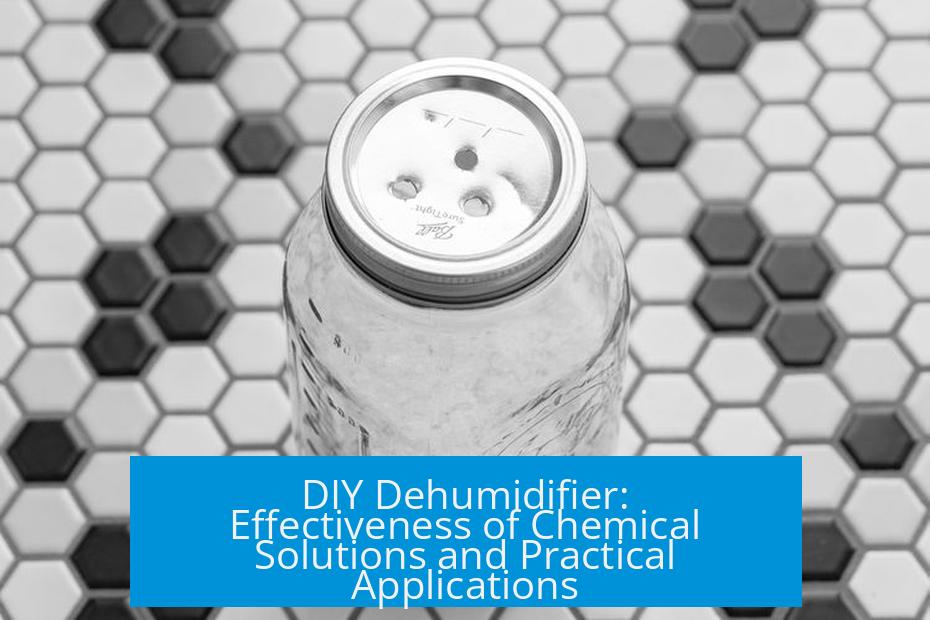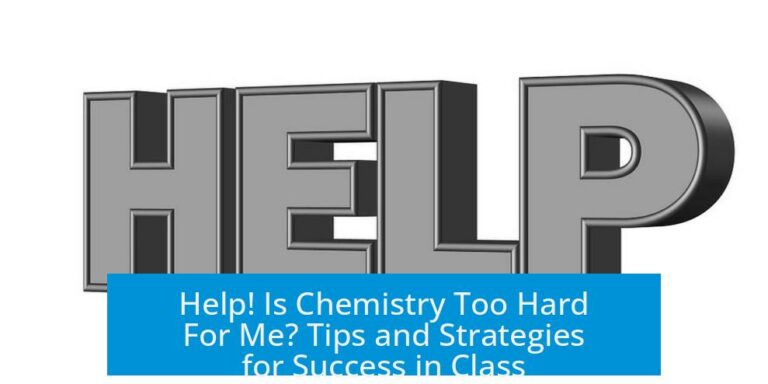DIY Dehumidifier: How Effective Are Chemical Solutions?
A DIY dehumidifier typically uses hygroscopic chemicals like calcium chloride, silica gel, or dried salts to absorb moisture from air. These chemical dehumidifiers provide a low-cost, simple way to reduce humidity in small, relatively dry areas. However, they have significant limitations in handling persistent or severe moisture problems.
Types of Chemical DIY Dehumidifiers
Several chemicals are available for making DIY dehumidifiers, each with distinct properties and costs.
- Calcium Chloride (CaCl2): This salt is the most economical and widely available option. You can find calcium chloride packets at discount stores. It absorbs moisture efficiently but is best used for small enclosed spaces with moderate humidity.
- Silica Gel: A more effective but pricier alternative. Silica gel is available in various sizes, from small packets to large pails. It absorbs moisture well and can be regenerated through heating.
- Molecular Sieves: These are highly effective moisture absorbers but come with a significantly higher cost. They are less common for household DIY use due to price.
- Dehydrated Copper Sulfate: It can absorb moisture, but the cost and limited availability make it impractical for DIY dehumidifiers.
Preparing Hygroscopic Salts at Home
Some hydrated salts require converting to an anhydrous form to gain moisture absorption ability.
- Epsom Salt (Magnesium Sulfate Hydrate): In its hydrated form, Epsom salt holds maximum water and will not absorb more. By heating it in an oven until it becomes white and chalky, it transforms into anhydrous magnesium sulfate, which can then absorb moisture from the air.
- Sodium Sulfate (Na2SO4): This salt can hold up to 10 water molecules per molecule, more than Epsom salt’s 7. You can buy it or synthesize it, then regenerate it by drying when saturated.
- Regeneration: Once salts absorb moisture and become saturated, they must be dried using a stove or oven. Proper ventilation is necessary to remove the released moisture and prevent it from returning to the room.
Limitations and Practical Use Cases
While chemical dehumidifiers work, their effectiveness depends on the moisture conditions of the environment.
- Best Use: Ideal for maintaining low humidity in spaces that are generally dry or have minor, one-off moisture exposure like after a leak repair.
- Limited Impact on Continuous Moisture: They cannot manage ongoing dampness or leaks. Any persistent moisture source rapidly overwhelms the chemical capacity.
- Not a Long-Term Solution: For rising damp, condensation, or leaks, chemical dehumidifiers are ineffective beyond a day or two.
- Electrical Dehumidifiers Comparison: In medium to long-term use, inexpensive electric dehumidifiers outperform chemical methods and protect belongings better by continuously removing moisture.
Dealing with Mold and Moisture Sources
Mold in a wardrobe or shoes signals a larger humidity problem.
- Mold Presence: Mold on clothes often means hidden mold in walls, carpet, or floors, caused by a moisture source like a leaking pipe or failing waterproofing near bathrooms.
- Shoes: Mold on shoes is difficult to eradicate completely; sterilization methods may damage shoes and might not guarantee success.
- Moisture Source Identification: Persistent dampness often stems from malfunctioning air conditioning, plumbing leaks, or failed waterproofing surfaces. Identifying and repairing these are crucial.
- Landlord Involvement: For renters, informing the landlord helps protect the property. Landlords might invest in professional dehumidifiers, repairs, or antimicrobial treatments to limit damage.
- Placement of Dehumidifier: The device should be located in the room with dampness. Placing it in a hallway away from the source reduces effectiveness.
Summary of Key Points
- Calcium chloride is the cheapest and most accessible chemical for DIY dehumidifiers, suitable for small, moderately humid spaces.
- Silica gel absorbs moisture well but is pricier; molecular sieves are effective but expensive.
- Hydrated salts like Epsom salt can be converted to an active drying agent via heating.
- Chemical dehumidifiers work best for minor or temporary moisture problems, not ongoing dampness.
- For persistent humidity and mold, electrical dehumidifiers combined with moisture source repair and mold remediation are necessary.
- Mold on clothing or inside wardrobes often signals hidden structural moisture problems requiring professional attention.





Leave a Comment